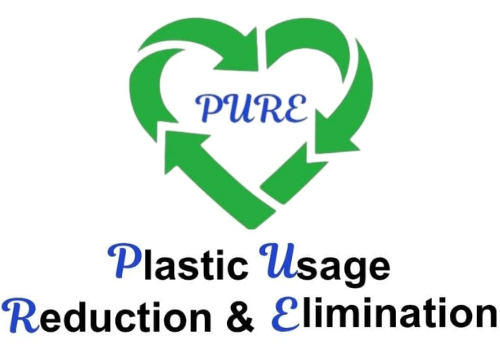Why Balloons are Harmful
The Environmental Impact of Balloons and Eco-Friendly Alternatives
Balloons have long been a symbol of celebration and festivity. From birthday parties and graduation ceremonies to concerts, fairs, and even funerals, balloons have found a place in nearly every type of gathering and event. They add color, a sense of joy, and a festive atmosphere to occasions both big and small. According to Oxford Languages, a balloon is defined as a brightly colored rubber sac that is inflated with air and sealed at the neck, often used as a toy or decoration. However, while they may seem harmless and cheerful, balloons carry a significant and often overlooked environmental cost.
This presentation takes a critical look at the ways in which balloons negatively impact the environment. It highlights not just the immediate waste they create, but the long-term harm they inflict on wildlife, natural resources, and ecosystems around the world.
One of the most alarming facts comes from research cited by balloonsblow.org, which points out that latex balloons are among the most common items found in the stomachs of deceased animals. In particular, seabirds mistake balloon fragments for food. A study conducted by Australian researchers revealed that one in every five seabirds dies from ingesting balloons. The ingestion of these non-digestible items leads to internal blockages, starvation, and a painful death. And it’s not just seabirds; turtles, fish, and other marine animals suffer the same fate.
Aside from posing a threat to wildlife, balloons also contribute to other serious environmental problems. When they are accidentally or deliberately released into the air, balloons can travel for thousands of miles. They often land in remote, untouched places like national parks, forests, and oceans, polluting pristine environments where cleanup is difficult or impossible. Moreover, the presentation notes that metallic or foil balloons can cause dangerous power outages when they get entangled in electrical grids, leading to technical hazards and disruptions.
Another concern raised is the unnecessary use of helium in balloons. Helium is a finite and non-renewable resource with important applications in medicine, scientific research, and technology. Wasting it on balloons for short-term entertainment is both unsustainable and irresponsible.
Recognizing the damage caused by balloon usage, the presentation also offers practical, environmentally friendly alternatives. These substitutes not only reduce environmental harm but also add creative and meaningful elements to celebrations. For example, tissue paper or cloth pom-poms are suggested as a colorful and fun decoration option. They have the added advantages of being reusable, recyclable, and biodegradable.
Instead of distributing goodie bags filled with plastic trinkets or balloon souvenirs, the presentation recommends gifting small potted plants. Plants not only help beautify homes but also improve air quality and contribute to a greener planet. Another thoughtful alternative is to plant a tree in memory or celebration, which provides long-lasting benefits like reducing carbon dioxide levels and supporting biodiversity.
Other creative replacements include using flowers, leaves, sticks, and natural decorations sourced sustainably from the environment. Eco-friendly bubble solutions and kites offer playful and reusable substitutes for balloon releases, allowing for hours of safe, joyful activity without harming the planet.
The presentation concludes with a clear, action-driven message: it’s time to end the use of balloons. While they may bring fleeting joy, their environmental consequences are long-lasting and deeply damaging. By embracing sustainable alternatives and making conscious choices, individuals and communities can still celebrate life’s special moments while protecting the world for future generations.

